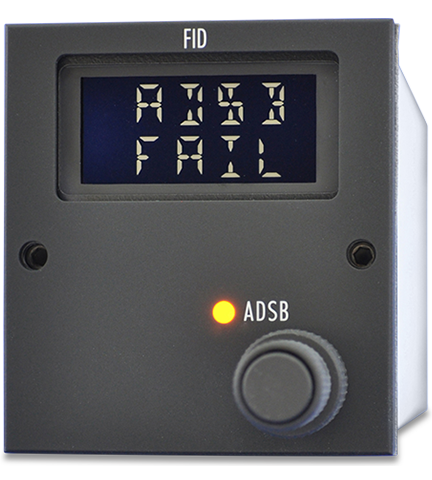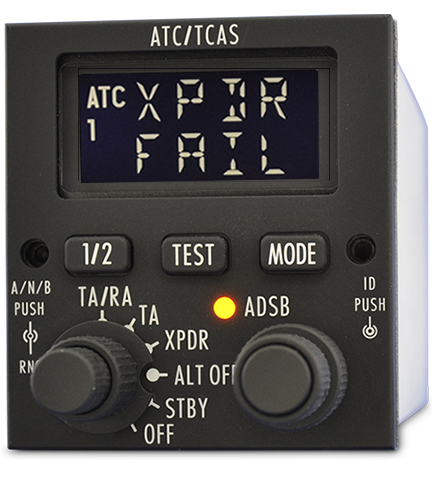ADS-B Failure Annunciation. Right where it belongs.
Who needs complicated procedures to determine the difference between a transponder failure or an ADS-B function failure? The annunciation of an ADS-B function failure should be simple and intuitive. Our solution puts the ADS-B fail annunciation in the control panel. The transponder failure indication function is unchanged.
Here’s how we do it.
For business, regional and general aviation aircraft, DO-260B transponder manufacturers offer separate transponder fault and ADS-B function failure over ARINC429. We are able to provide a separate, yet integral ADS-B failure annunciation right where it belongs, in the control panel.
ADS-B controls are available with Flight ID only, transponder only, or TCAS I and TCAS II versions.
ADS-B Fault Mode Description
When the selected transponder receives an ADS-B fail condition, the LCD display shows ADSB FAIL. The separate ADSB fail indicator will also illuminate. The panel continues to transmit ATC and Flight ID codes and mode settings, if equipped.
While an ADS-B failure is present, any front panel input will return the panel to normal operation. The ADSB indicator will remain illuminated as long as the ADS-B failure persists.
Available Options – Contact us for more information.
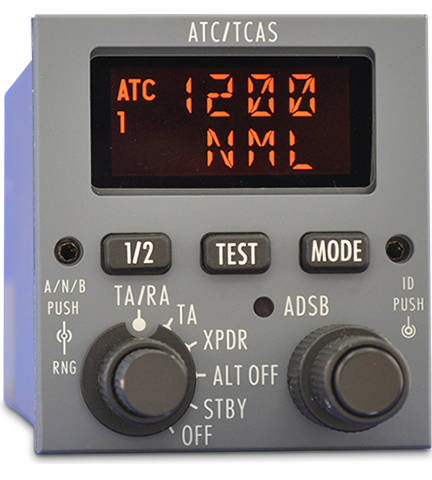
G7614-621
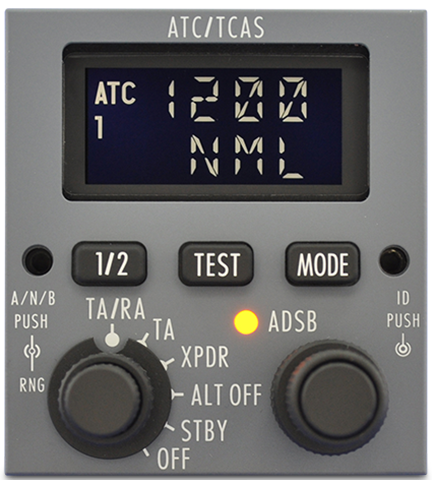
G7614-521
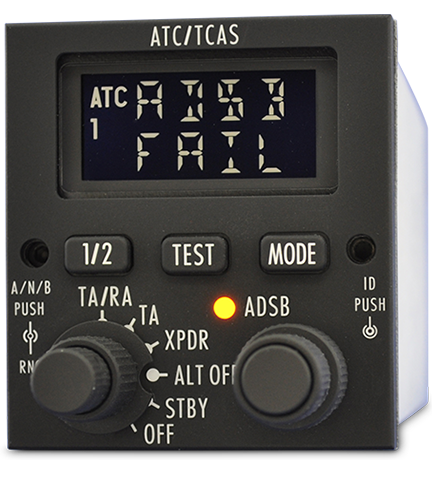
G7614-522
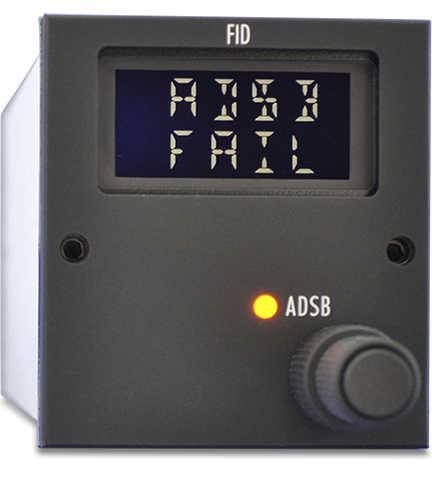
G7614-990
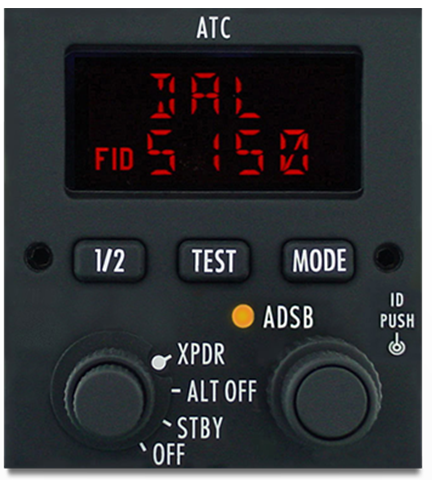
G7614-602
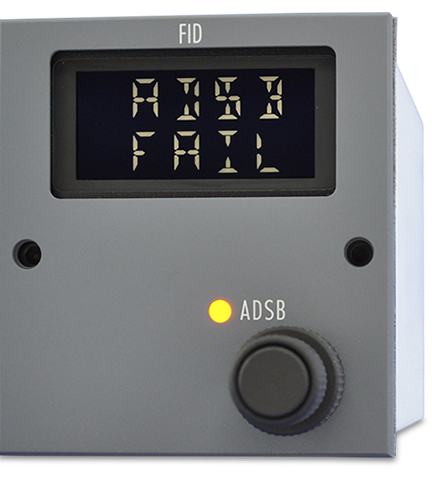
G7614-991


